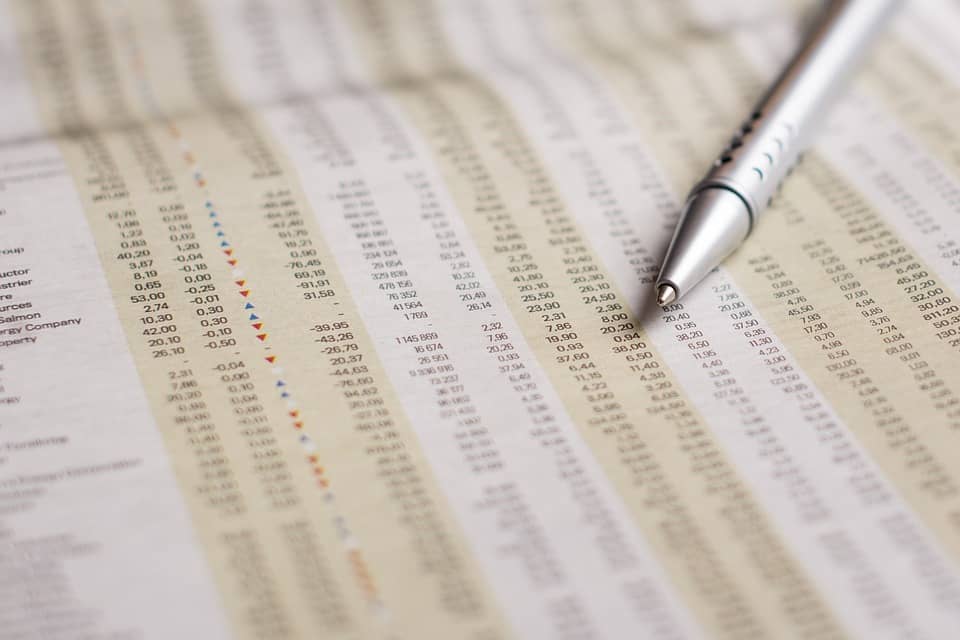From Novice to Pro: How to Develop a Winning Technical Analysis Strategy for Predicting Stock Prices
Technical analysis, also known as TA, is a widely used approach in finance to predict the future direction of stock prices based on the analysis of historical data and market trends. The technical approach focuses on the study of price charts and market indicators to identify patterns and trends that can be used to make informed investment decisions. With the right strategies and techniques, even novice traders can develop a winning technical analysis strategy for predicting stock prices. In this article, we will delve into the world of technical analysis, explore its principles, and provide a comprehensive guide on how to develop a winning strategy for predicting stock prices.
What is Technical Analysis?
Technical analysis is based on the assumption that all market prices are determined by supply and demand. As such, technicians analyze price movements, trends, and patterns to identify potential price movements. They believe that if they can correctly identify the direction of the price movement, they can make profit by buying or selling stocks. Technical analysis does not consider any fundamental analysis such as earnings, revenue, and management quality. Instead, it focuses on market psychology, risk tolerance, and the emotions of traders.
Principles of Technical Analysis
Technical analysis is based on three main principles:
- Trend: A trend is a prolonged period of time where the market is moving in a specific direction. Trends can be identified using various indicators, such as moving averages, exponential smoothing, and relative strength index (RSI).
- Support and Resistance: Support and resistance are key concepts in technical analysis. Support is a level where a downtrend or an uptrend is likely to stop, and resistance is a level where an uptrend is likely to reverse.
- Patterns: Technical analysis uses various patterns such as head and shoulders, triangle, and reversal patterns to predict price movements. These patterns can be used to identify potential breakouts, continuation of trends, and reversals.
Technical Indicators
Technical indicators are used to provide a visual representation of the market sentiment and trends. There are two main types of indicators:
- Lagging indicators: Lagging indicators are calculated after the market data has occurred. Examples include moving averages and relative strength index (RSI).
- Leading indicators: Leading indicators are calculated in real-time as the market is happening. Examples include stochastic oscillators and commodity channel index (CCI).
Some popular technical indicators include:
- Moving averages: A simple moving average is the average closing price of a security over a specified period. A 50-day moving average and a 200-day moving average are common examples.
- Relative Strength Index (RSI): RSI measures the magnitude of recent price changes to determine if they are oversold or overbought.
- Bollinger Bands: Bollinger Bands consist of a moving average and two standard deviations.
- MACD (Moving Average Convergence Divergence): MACD is used to identify potential trend reversals.
How to Develop a Winning Technical Analysis Strategy
- Select a Timeframe: Determine the timeframe for which you want to trade. Popular timeframes include daily, 4-hour, and 15-minute charts.
- Identify Trend: Identify the trend using a moving average crossover strategy or an RSI trend identification strategy.
- Use Support and Resistance: Identify support and resistance levels using technical indicators such as pivot points or trend lines.
- Trade Breakouts: Trade breakouts above or below support and resistance levels.
- Trade Reversals: Trade reversals using patterns such as head and shoulders or triangle patterns.
- Manage Risk: Use stop-loss orders and position sizing to manage risk.
- Stay Disciplined: Stick to your strategy and avoid impulsive decisions.
Advanced Technical Analysis Techniques
For advanced traders, there are various techniques that can be used to improve their strategy:
- Momentum Indicators: Use momentum indicators such as relative strength index (RSI), Stochastic oscillator, and MACD to identify overbought and oversold conditions.
- Price Action: Analyze price action using techniques such as chart pattern recognition, breakouts, and mean reversion.
- Market Structure: Analyze market structure using techniques such as identifying supply and demand zones and recognizing trends.
Conclusion
Developing a winning technical analysis strategy for predicting stock prices requires a thorough understanding of technical analysis principles, technical indicators, and market trends. By following a well-structured strategy, even novice traders can become proficient in using technical analysis to predict stock prices. It is essential to stay disciplined, manage risk, and continuously adapt to changing market conditions.
Frequently Asked Questions
- Q: What is the best way to start using technical analysis?
A: Start by studying the basics of technical analysis and familiarizing yourself with popular indicators and patterns. Practice using paper trading to get comfortable with your strategy. - Q: How can I improve my technical analysis skills?
A: Continuously study and stay updated on the latest market trends and analysis. Join online forums and communities to learn from experienced traders and improve your skills. - Q: Is technical analysis the only way to predict stock prices?
A: No, fundamental analysis is also a popular approach to predict stock prices. However, technical analysis can be used in combination with fundamental analysis to create a more comprehensive analysis. - Q: How can I stay disciplined with my strategy?
A: Set clear trading goals and stick to your plan. Avoid emotional trading and continuously monitor your risk management. - Q: Can technical analysis be used for short-term trading?
A: Yes, technical analysis can be used for short-term trading. However, it’s essential to stay updated on the latest market news and trends to ensure accuracy in your predictions.
By following this guide, traders can develop a winning technical analysis strategy for predicting stock prices and make informed investment decisions. Remember to stay disciplined, manage risk, and continuously adapt to changing market conditions. With the right skills and knowledge, technical analysis can be a powerful tool for successful trading.

Leave a Reply